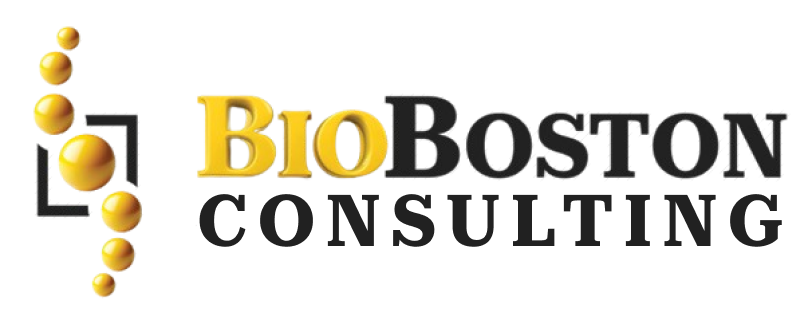Explore the top five HEOR statistics that are shaping drug development in the pharmaceutical and biotech industries. Discover how HEOR influences market access, investment trends, and decision-making.
Health Economics and Outcomes Research (HEOR) is central to the pharmaceutical and biotech industries, driving everything from drug development to market access. HEOR is playing an ever-expanding role in industry as well, with continued focus applied to the search for better ways of showcasing the value of new treatments. In this article, we take a closer look at the top five HEOR stats driving drug development and provide an overview of the intricate world of healthcare economics.
Bedrock of HEOR Helps Determine Market Access for Drug Launches
For example, only 30% of new drugs get market access without strong HEOR evidence support (source). This emphasizes the need for HEOR to provide evidence of a drug benefit, efficacy, and cost-effectiveness. As payers and healthcare systems are becoming more cost-conscious, the demand for robust HEOR data which support pricing and reimbursement decisions is vital.
75% of Pharma Companies Using HEOR in Decision-Making.
Today, 75% of pharmaceutical companies have incorporated HEOR in their strategic decision-making. The integration aid in leveraging to identify the best licensed drug candidates, optimize clinical trial designs, and to generate effective market access strategies. However, HEOR allows us to look at the wider consequences of new therapies beyond just clinical advantages; their economic and quality-of-life rewards.
According to a recent white paper from HealthEconomics.Org, 65% increase in HEOR investment by biotech firms over the last decade here shows that most pharmaceutical and medical device companies (pharma) are not alone in having to invest more resources into studying health economics and outcomes research.
During the past decade, investment in HEOR by biotech firms has gone up 65%. A greater understanding of the value proposition that innovative therapies targeting rare or complex conditions can offer has contributed to a 20% increase in the volume of HEOR studies conducted globally between 2014 and 2020. Greater investment in HEOR helps biotech companies to better move through the regulatory and reimbursement paths, thus enhancing their chances for successful product launches.
HEOR Evidence is Needed to Support Less than 1/5th of New Drug Applications (NDAs)
More than 80% of New Drug Applications (NDAs) are not approved that do not have robust HEOR evidence. It is becoming more and more difficult to secure market access if regulatory bodies and payers do not have HEOR data, as well. The need for drug developers to include HEOR in the areas of development of new drugs is evident based on statistic.
HEOR Features in 85% of Biopharma Consulting Projects
Since 2012, HEOR components now account for a staggering 85% of biopharma consulting projects. Companies, especially those headquartered outside of major biotech hubs such as Boston, rely heavily on consulting firms to help navigate the complexities of HEOR. Biotech consulting firms, along with Pharma consulting firms and Life science consulting firms are critical in shaping companies to establish HEOR strategies that can strengthen their value proposition of their therapies.
Conclusion: The Future of HEOR in Drug Development
This article highlights in a statistical way, how crucial role HEOR plays in drug development. One of the central applications for HEOR is in obtaining market access as well as regulatory approval and portraying a new treatment in the best light possible. Navigating this landscape is complex and requires the expertise that consulting firms, particularly those within Boston can provide. This increased need will drive the market for HEOR and thus companies that invest in strong, well-executed HEOR strategies now will enjoy a competitive advantage to meet the challenges presented by other pharmaceutical or biotechnology firms.
Please get in touch with BioBoston Consulting or check out our website for further details on how we can help your organisation.


